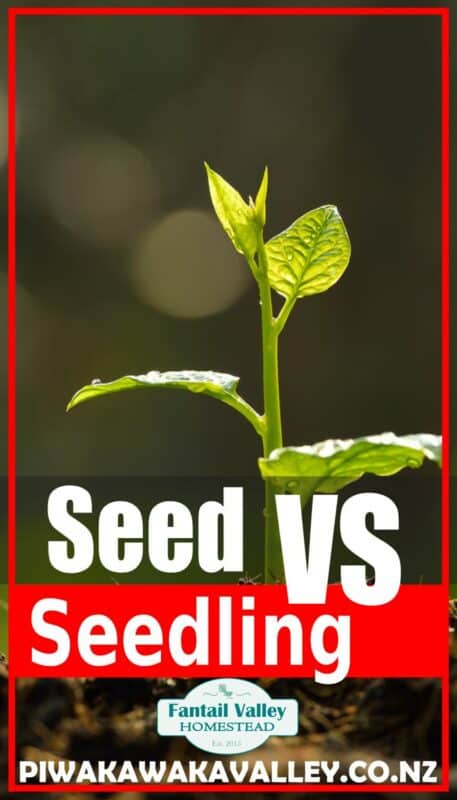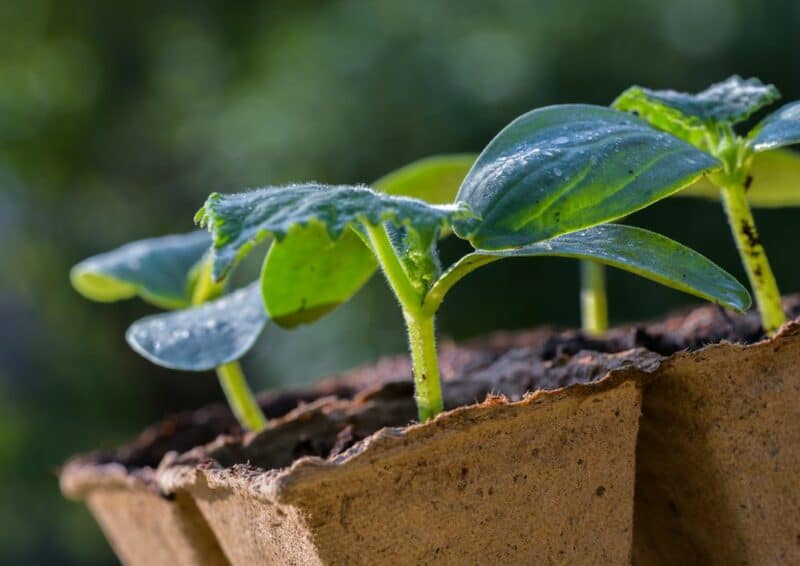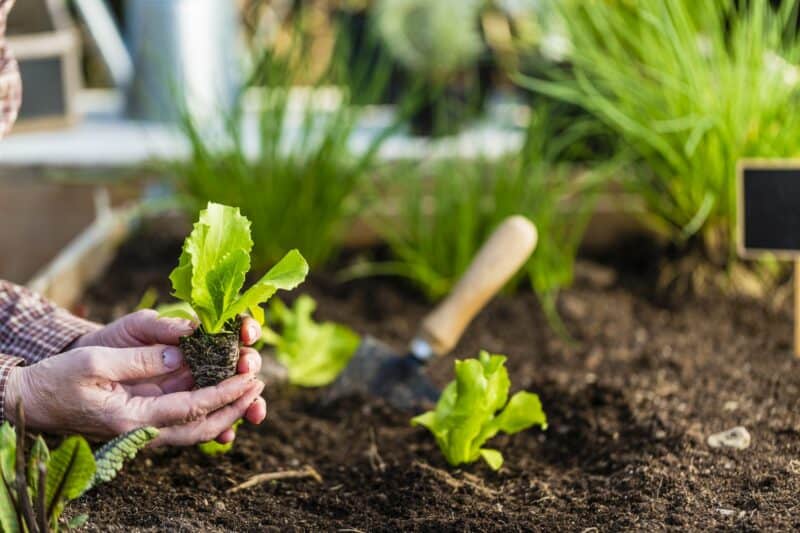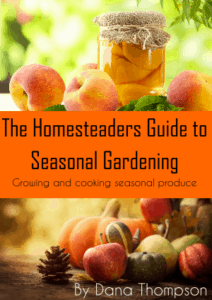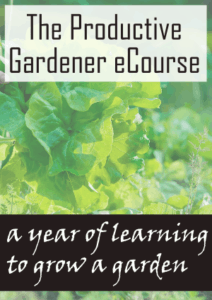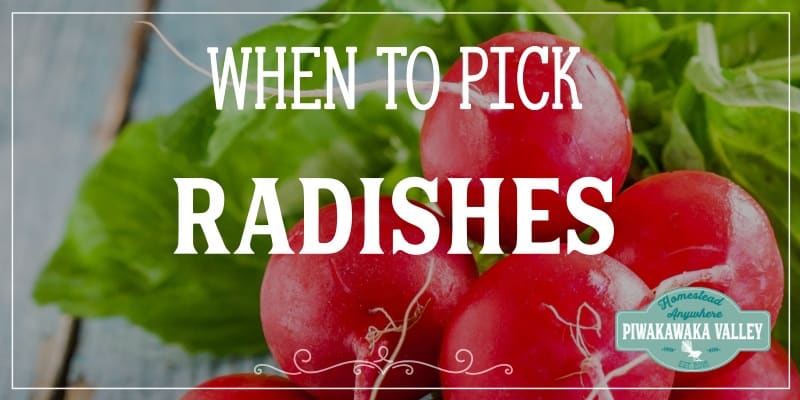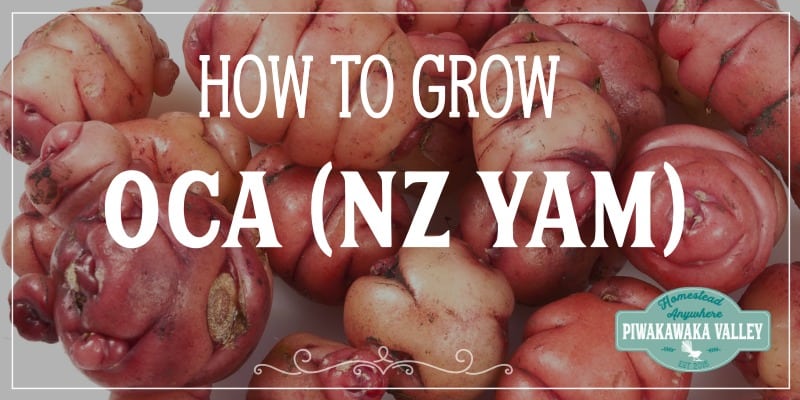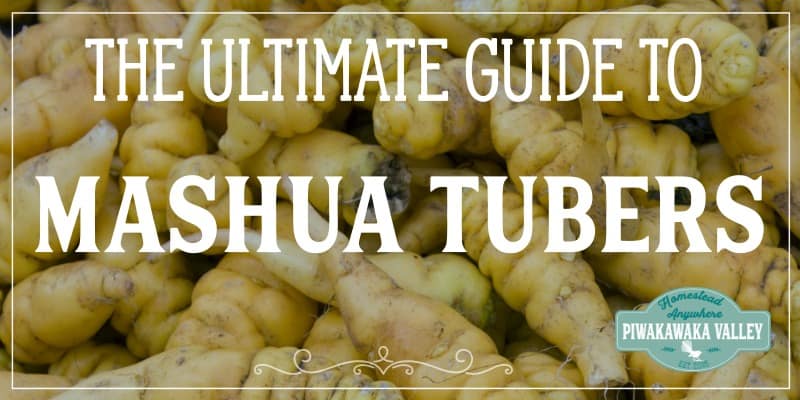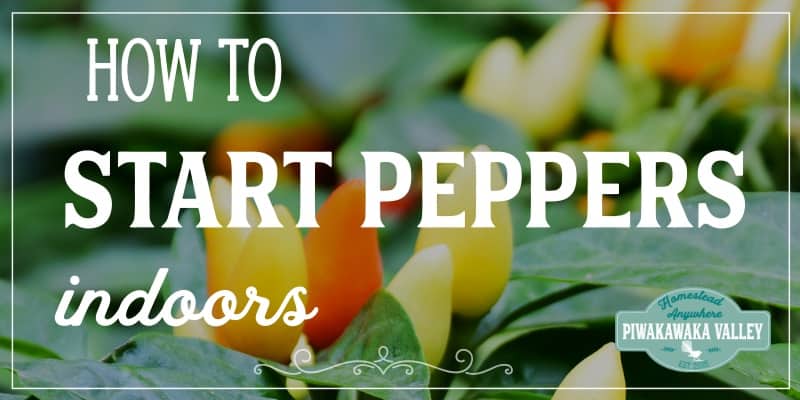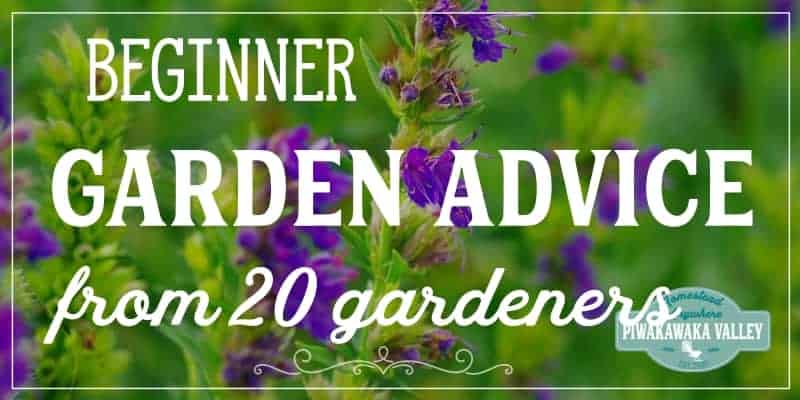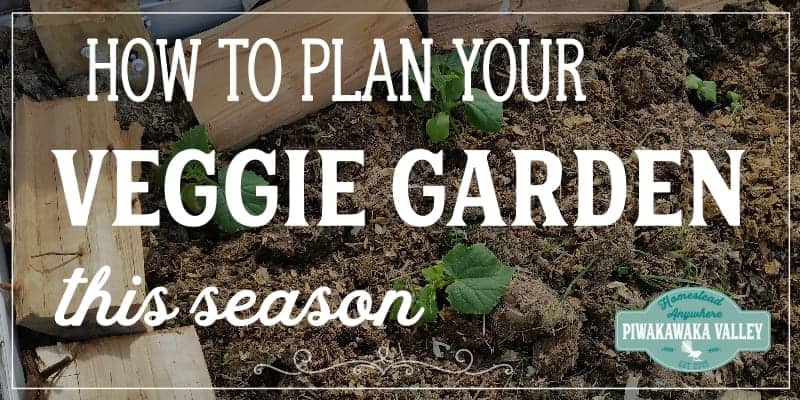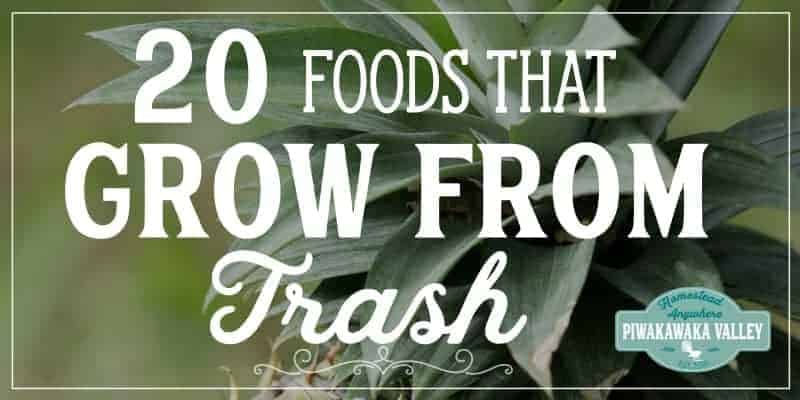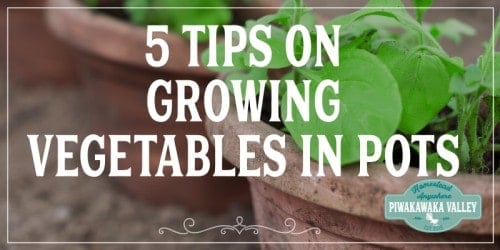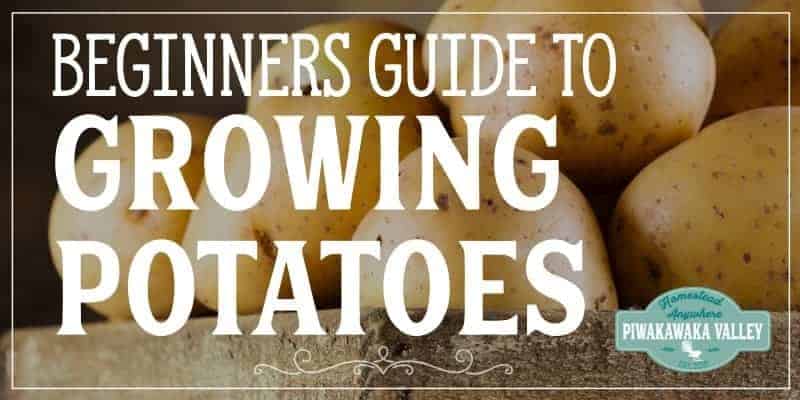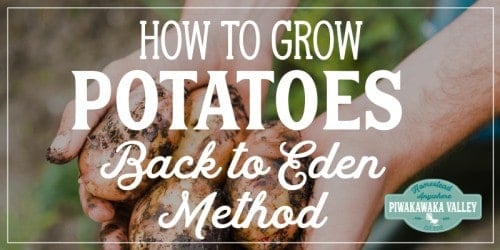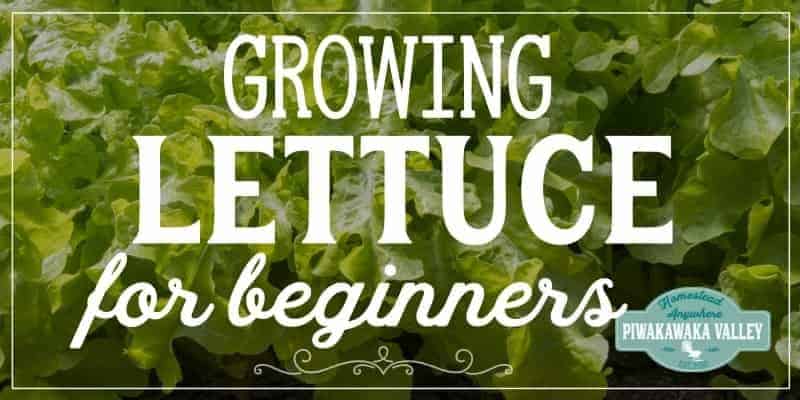This post was most recently updated on July 19th, 2021
If you are a beginner gardener, you might be wondering whether growing vegetables from seeds or seedlings is better. The reality is that both will work, however some vegetables do better one way or the other.
Please read: This information is provided for educational purposes only and is not intended to treat, diagnose or prevent any disease. We encourage you to make your own health care decisions in partnership with a qualified health care professional.
This post contains affiliate links, this means at no extra cost to you, we make a commission from sales. Please read our Disclosure Statement
There are pros and cons to growing vegetables from seed and there are pros and cons to growing vegetables from seedlings. Below is a list of the positives and negatives to both ways of growing plants for your garden, a list of which vegetables do better from seeds or transplants, and how to grow vegetables from either method.
The benefits to growing vegetables from seeds
There are some benefits to growing your vegetables from seed, and for experienced gardeners, this is often the preferred method of growing.
Price
Seeds are much cheaper than seedlings. This is because of the amount of time and effort that goes in to growing seedlings for market. There is both human time which needs to be paid for, power and water resources, potting soil and seed trays, transport and storage facilities. This all adds to the cost of seedlings.
For the price of one six-celled tray of vegetable or annual flower seedlings you can usually buy a seed packet of 40-200 seeds.
Range of choices
Seedling companies choose the fastest growing, most resilient plants to grow their seedlings with. This is because they want returning customers, so they need strong, healthy plants.
Generally, most seedling transplants are hybrid varieties (though not always), the range of seedling varieties available at a store is usually limited to one to three types to keep it economic and profitable for them.
Seed packets on the other hand come in so many varieties, and you can easily ship a seed packet meaning that you are not limited to what you can buy in the store either.
Saving your own seed
The good thing about growing heirloom or open pollinated varieties is that you can save your own seed and not have to keep buying them every year.
No transplant shock if direct sown
Direct sown seeds will not need transplanted and therefore these plants will not suffer from transplant shock, which can delay growth of the new seedling for several weeks while it recovers.
Stronger plants more suited to your garden climate
Seeds that germinate and survive to transplant size in your own climate are more likely to be well adapted to your garden and are more likely to continue to do well there.
Able to grow organically
While you can buy organic seedlings, they are harder to find and cost more than their non-organic counterparts. Growing plants from seed in your backyard allows you to choose the type of potting mix or seed raising mix that you choose to grow in and allows you to grow organically much more easily.
Feel good factor
There isn’t many feelings better than sitting down to a meal knowing that you grew that food from a tiny seed.
The downside to growing vegetables from seed
How often do we sow seeds and nothing grows? Here are the down sides to growing vegetables from seed.
Longer time until harvest
On the back of a seed packet it tells you two times, days to germination, and days to maturity, what it doesn’t mention is the time to transplant.
Days to maturity is from transplanting, not from date of germination. Seeds sown in the garden will take much longer than transplants will to reach harvest.
A broccoli seed might take 14 days to germinate, 6 weeks to reach transplant size then 8 weeks to reach harvest size.
Whereas a bought transplant planted at the same time that you sow those seeds will be ready for harvest by the time your seed-sown seedlings are ready to transplant out.
Another skill to learn
Growing from seed is a skill that takes time to learn. Knowing when to water, when to not water, how to deal with pests, avoiding dampening off, keeping the plants warm but not too warm and hardening them off properly to avoid cold shock all take time and skill, they are very easy to learn, but it is one more thing to take in to consideration.
Additional supplies needed
You will need seed trays or pots of some sort (unless you are direct sowing in to the garden). Potting mix or seed raising mix are also required, and a way to bottom water is helpful as well.
Climate control
The best, strongest, fastest grown transplants are grown in a climate controlled space with just enough heat, light, water and airflow to ensure quick and healthy growth. This is hard to replicate at home, subsequently seedlings may take several weeks longer than the suggested 4 weeks to reach transplant size. One way to help with the heat is to use a heated seed raising mat.
The benefits to growing vegetables from starts/transplants/seedlings
Plant starts are a quick and easy way to get a garden up and running. You might choose to start your garden in spring time with bought starts, and end it using your own seedlings, or you might prefer to just use one option or the other.
Benefits to growing vegetables from seedlings, starts or transplants include:
A head start on the season
If your growing season is short, or you need to get the most amount of food out of your growing space, then using transplants is a great way to get a head start on the season, saving you as much as 8 weeks over direct planting vegetable seed.
Seeds started in the soil need the soil temperature to be warm enough for the seed to germinate, in an area where the soil is slow to warm up, vegetable starts is a great option.
Easier
Buying transplants is certainly easier than going to all the hassle of growing your own transplants from seed.
Well known, proven varieties
The starts that you can buy at the store are usually well known, good producers that are disease resistant and resilient.
The downside to growing vegetables from transplants/starts/seedlings
There are some downsides to growing from transplants. These include:
Usually unable to save seed
Most bought transplants are hybrids and you cannot save your own seed from them.
Limited varieties
You are limited to the varieties that you can find in the store or farmers market.
Some plants don’t transplant well
Some plants are definitely best planted by seed, carrots being a good example, they do not transfer well at all.
Transplant shock
Transplant shock is exactly what it sounds like, the plant goes into shock with the change of conditions. This can stall the growth of the plant for several weeks while it acclimatizes and establishes new roots. Plants can die from transplant shock, so it is to be taken seriously.
Water the plants well before planting them out, try and choose an overcast day where the weather will be cool but not freezing for the next couple of days. Otherwise, in really hot weather, covering with some shade cloth might be required.
Water them daily until you see signs of new growth, then slowly taper off to your usual garden watering program.
Difficult to get organic
It is difficult but not impossible to get organic seedlings. They do usually cost more however.
How to grow vegetable plants from seeds
Growing seedlings of your own is easy when you follow these steps and the more you practice, the better you will get at it.
Seed trays
You can re-use 6 or 8 cell seed trays, or you may choose to buy your own reusable ones. Plastic dixie cups, egg cartons, egg shells, toilet roll tubes and so many other things can also be used as seed trays.
To minimize transplant shock, use peat or coconut coir pots that you just plant the whole thing in to the garden.
Some seeds can go directly into the garden and in that case you won’t need seed trays or potting mix, but you will need garden soil that is loose and well weeded.
Potting mix
Seed raising mix is a free draining, finely sieved potting mix that usually includes perlite or vermiculite to aid with both moisture retention as well as drainage and aeration.
If being organic is important to you, you can buy organic seed raising mix.
Choosing seeds
Choosing what seeds to grow in your vegetable garden is totally up to you. Choose vegetable varieties that you enjoy eating.
Hybrid vs heirloom vs open pollinated
Hybrid seeds give the plants what is known as hybrid vigor, they are usually more disease resistant and are often better producers. However, you cannot save seeds from these and expect them to grow true to type.
Heirloom seeds are open pollinated varieties that have been bred for many many generations and are now stable.
Open pollenated seeds are not as old as heirloom seeds, but are stable crosses that will make seeds that will grow true to type, and they will probably eventually be called a heirloom/heritage variety.
Some of the easiest vegetables to grow for beginners are the leafy greens – lettuce, broccoli, collards, spinach and swiss chard (silverbeet) and root crops like carrots and beets (beetroot).
Soaking seeds
Larger seeds like corn, peas, beans and squash can benefit from being soaked for 2-24 hours before planting. This helps speed up germination.
Fill your seed trays
Whatever you decide to grow your seeds in you will need to fill the pots up with seed raising mix and tamp it down firmly to remove any large air pockets.
Water the soil
If your see raising mix is dry, now is the time to give it a good soaking and allow it to drain. You need to keep the soil moist to ensure even germination, giving it a good water before sowing will help give it a head start.
Sowing depth
Larger seeds need covered with more soil than small seed. Sow your seeds 1-2 times as deep as the seed is wide. A 10mm seed goes 10-20mm deep and so on. Tiny small seed is usually just scattered on the surface of the soil and not covered.
Seed germination can be hampered or stopped completely if the seeds are sown too deep as the seed will run out of energy before it reaches the surface.
Cover with soil
For all but the smallest of seeds add a light dusting of potting mix over the top to help keep in the moisture.
Caring for the seeds
Warmth – seeds need warmth to germinate, check the seed packet for any special instructions. Keep seedlings indoors if they are sensitive plants or if the weather is going to be unpredictable. Avoid letting your new seedlings freeze or be exposed to the baking hot heat of mid summer sun.
Sunlight – seeds do not need light to germinate, but once germinated seedlings need as much light as they can get without being fried by the sun. Not enough light will result in leggy weak seedlings.
A grow light kept only a couple of inches above the tops of your seedlings as they grow is the ultimate way of avoiding leggy weak seedlings.
Water – spritz your seeds and seedlings with a light mist of water 1-2 times a day to keep the soil damp but not soggy. Bottom watering is even better as the soil sucks up the moisture as it is required.
Feeding
As a rule young seedlings do not need fed until they are well established. Seeds contain all the nitrogen and nutrients the young seed needs to get off to a good start. Once seedlings have developed more than their second set of ‘true’ leaves then you may like to start adding a little liquid nutrition to them once or twice a week.
Transplant seedlings
Once your seedlings are about 4-6 inches high, they are usually ready to be transplanted. First you will want to harden them off. Seedlings bought at the store have usually already been through this process.
To harden off seedlings read this post here then continue with the directions below on how to get your seedlings in to the garden. Congratulations, you grew your own transplants.
Growing Vegetables from transplants
If time is short, buying plant starts from friends, farmers markets or the store makes good sense. Here is how to grow them in to the vegetables that you need.
Water the seedlings
The first thing you will want to do is to keep your seedlings well watered until you are ready to transplant them. If they have been inside at the store, slowly transition them to spending more time outside, starting with a shady spot in the garden, and working up to sitting next to their final destination.
Prepare the soil
Remove any weeds, loosen up the soil and add an inch of compost to the area if you have some that you can use. This will help feed the soil microbes who will in turn feed your plants.
Make holes slightly larger than the individual pods of the seed tray and about as deep. Space them as far apart as the plant tags say – usually about 10-12 inches (25-30cm) for most common vegetable varieties.
Carefully remove from the seed tray
Tip your seed tray upside down while holding the plant at its base. Squeeze the bottom of the pot and pull your seedling and its potting mix out.
Place in the soil and firm
Place the seedling and its potting mix in to the hole that you dug, push the soil back around it’s root ball and firm the soil around the plant. Be sure not to plant too deep or too shallow – you want the top of the soil to pretty much be at the same place that it was when it was in the seed tray.
Too deep and the base of the plants will rot, and too shallow and the roots will dry out.
Some plants like tomatoes and peppers are actually best planted very deeply, because wherever the stem touches the soil they will grow more roots, and the bigger the root system, the bigger and stronger the plants will be.
Water with seaweed water
A good soak with a seaweed based fertilizer will give your plants a boost and help reduce transplant shock.
Keep moist and shaded
Keep your new plants well watered and keep the hot sun off as best you can for the first week while they adjust to their new home.
Vegetable plants that do best sown from seed sown directly in the garden
This is a list of plants that are usually considered to grow best if the seed it sown directly in to the garden soil. If your season is short, all of these can be grown as transplants inside first except for carrots, parsnip, salsify and radishes.
- Beans
- Beets
- Carrots
- Corn
- Cucumbers
- Garlic
- Lettuce
- Muskmelons
- Okra
- Parsnips
- Peas
- Pumpkins
- Radishes
- Rutabaga aka swede or Swedish turnips
- Salsify
- Squash
- Turnips
- Watermelon
Vegetable plants that do best as transplants or seedlings or starts
These plants need warmer soil to germinate, or warmer growing conditions overall, or are commonly subject to bird or insect damage while they are small, so they do better being started in a controlled environment and transplanted out once they are larger.
- Basil
- Broccoli
- Brussels sprouts
- Cabbage
- Chinese cabbage
- Cauliflower
- Celery
- Chard
- Chives
- Collards greens
- Eggplant
- Endive
- Escarole
- Kale
- Kohlrabi
- Leeks
- Mustard
- Parsley
- Peppers
- Tomatoes
- Zucchini
If you are looking to grow a garden for the first time this season, growing vegetables by planting seeds or from transplants or a combination of these options will help you grow a healthy and nutritious food source for you and your family.
If you want help learning to grow a garden, check out these:
